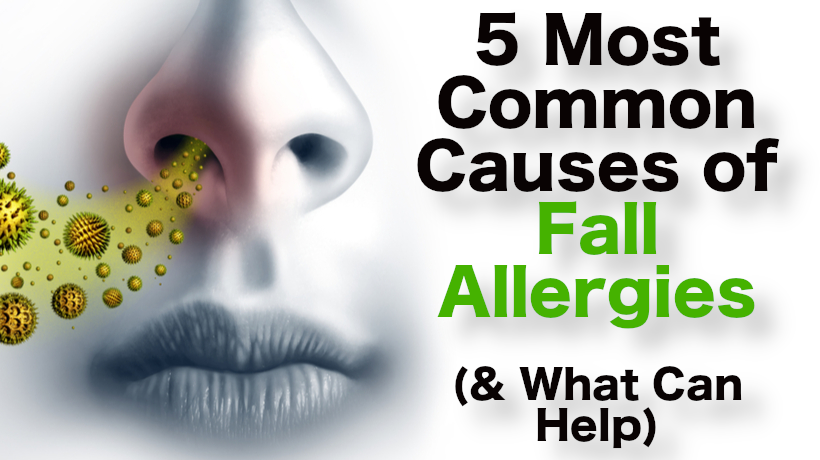While autumn can be beautiful for those who do not have allergies, people who suffer from fall allergies know that autumn is not all fun and games. It can be quite frustrating battling allergy symptoms on a daily basis. Here are six of the most common fall allergies and what you can do to relieve the pain:
Ragweed Pollen
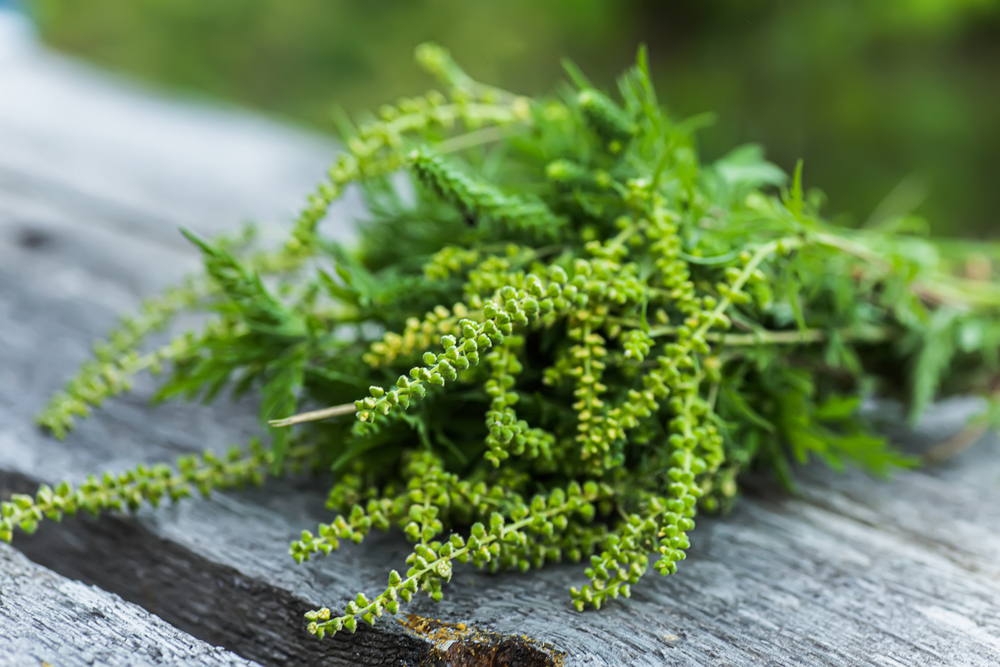
By far one of the most common fall allergies, ragweed pollen can grow in abundance in many parts of the country. Ragweed usually grows in mid-August and stops pollinating once the cold winter hits.
Other weeds that might affect allergies include goldenrod, curly dock, lamb’s quarters, pigweed, sheep sorrel, and sagebrush. While not as common as ragweeds, there are still a number of people who do suffer from allergies when these weeds hit.
What to do:
- Stay indoors as much as possible. If you have to go outside, wear a pollen mask.
- Keep windows completely closed so they do not leave traces inside the house, car or building.
- Wash clothes, linen, and curtain regularly, as these may accumulate pollen the most.
- See an allergist for medications or get allergy shots.
Mold
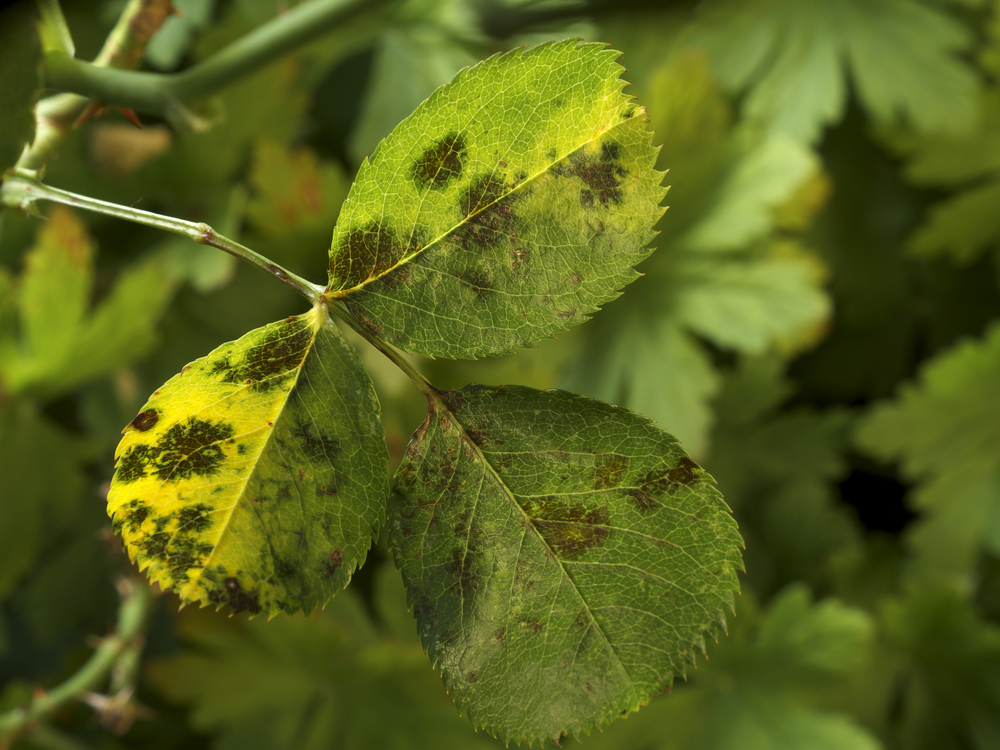
Mold thrives in places that are damp (i.e. damp rooms in the house or piles of dead, wet leaves).
What to do:
Healthline recommends getting rid of leaves around your house (in the gutters, wiping and taking off your shoes before entering the house so as to not track dead leaves and raking your yard). As for inside the house where mold can grow, get a dehumidifier to kill mold and mildew. Energy Star recommends relative humidity levels should be between 30 and 50 percent.
Dust Mites
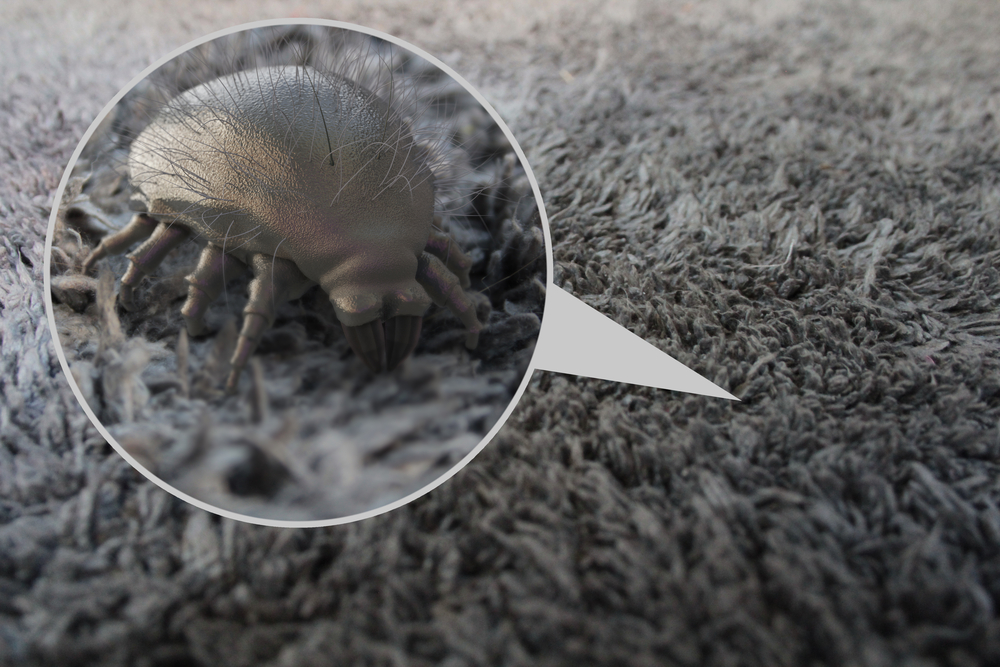
Dust mites love moist and humid places according to Zyrtec.com. They feed on dead human skin and live year-round. Dust mites die in extreme temperatures or if the air is below 70 percent humidity.
What to do:
- Clean air filters around the house to make the living space for dust mites inhabitable.
- Wash bedding in 130-degree Fahrenheit.
- Use a dehumidifier and monitor the house temperature to make sure it is below 50 percent humidity.
Pet Fur
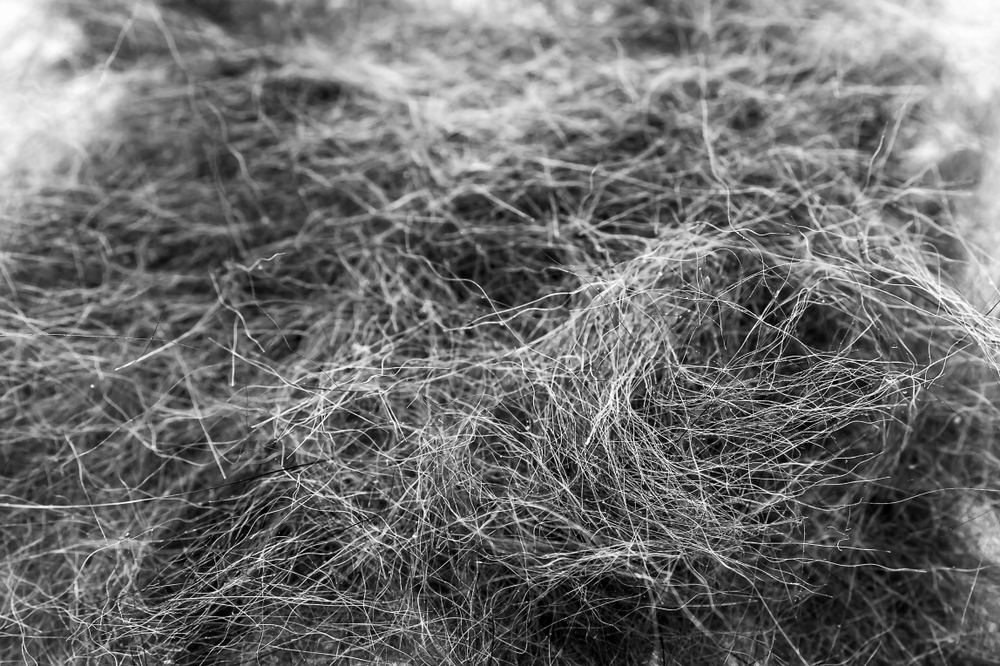
There are many households worldwide that have pets. However, your pet can add to your allergic rhinitis if you don’t have symptoms already.
The American Academy of Allergy, Asthma, and Immunology states, “the proteins found in a pet’s dander, skin flakes, saliva, and urine can cause an allergic reaction or aggravate asthma symptoms in some people. Also, pet hair or fur can collect pollen, mold spores, and other outdoor allergens.”
What to do:
- Avoid furry pets.
- Wash and groom pets regularly
- Get a hypoallergenic cat or dog
- Wear a filter mask
- Keep the bedroom a pet-free zone
School Allergens
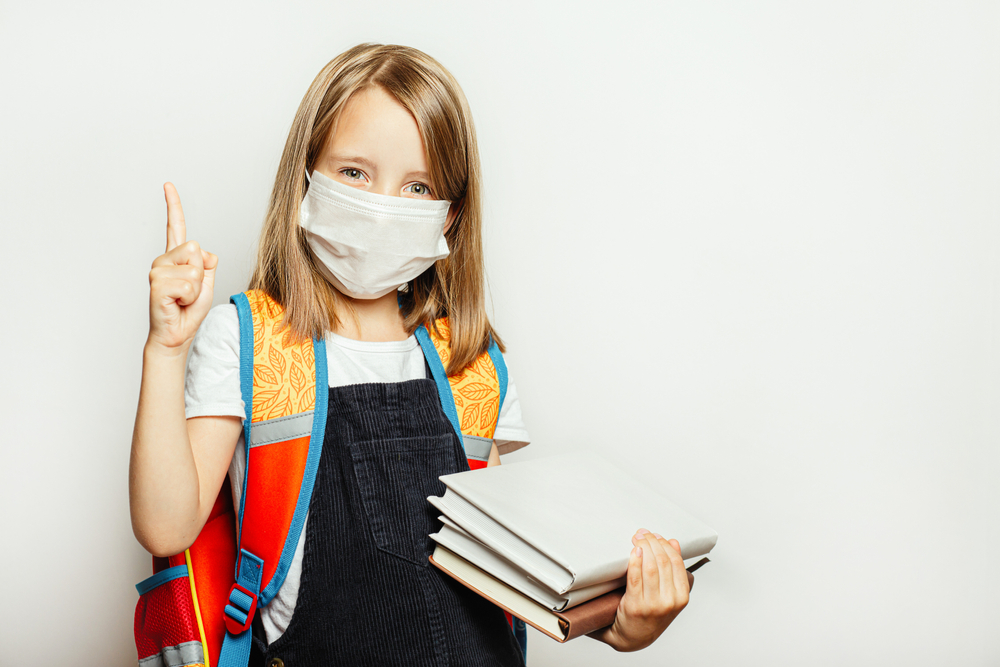
For little kids and students who are going back to school, allergens may be present here, too. For example, chalk dust can stir up symptoms. Some kids may even have exercise-induced bronchoconstriction (EIB).
What to do:
- Make teachers and other adults aware that your child may have allergic symptoms or that your child has EIB.
- Make sure adults have quick-relief inhalers and epinephrine.
Sources:

